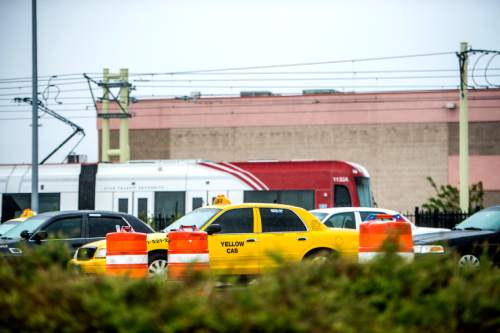

The taxicab business - For Yellow Cab and for Almoh - stayed steady through 2009, when Uber was born, and through 2012, when Lyft came to be. His fleet was front and center for the 2002 Olympics, when Salt Lake taxis had their greatest month ever. Then he socked enough away to buy more cars and hire them out. He first socked enough away to purchase his own car. He was living in The Road Home homeless shelter when he drove his first cab.Īfter that, he says, “I began living the American dream.” If Yellow Cab ceased to exist, he’d be left with a garage full of yellow colored cars and nowhere to drive them.įortunately, facing long odds did not scare a man who first had to escape a civil war in his homeland of Somalia before arriving in Salt Lake City in 1996 as a refugee with $80 to his name. People were pretty sure Almoh Bahaji had either lost his mind or was about to.īut Almoh had two very good reasons for buying what looked like a dinosaur: One, he had been driving for the company since 1999 two, and more importantly, during that time he’d bought dozens of cabs that he contracted out to other drivers. What was a surprise was that someone bought it. The owners and shareholders put the business up for sale, which was no surprise. Riding high with a fleet of 150 cabs circa 2012, by 2016 it was down to 40. Yellow Cab of Salt Lake City is a case in point. Gone was the virtual monopoly cabs had enjoyed since the invention of the Model T. Not only did the new technology quickly and efficiently bring rides to you no matter where you were, but the drivers got online consumer ratings, a sort of built-in quality control - in sharp contrast to cabs, where customer service often amounted to you’re-lucky-we-picked-you-up. First came Uber, then Lyft, ride-sharing companies you could summon from your phone! Nor do their no-frills offices in the yellow cinderblock building on the west side of town look like the kind of high ground from which to launch an offensive.īut make no mistake, these men are fighting back hard, bound and determined to return the once and mighty king to its former glory.Įveryone knows cabs haven’t had an easy go of it the past decade. Almoh Bahaji and Jay Wacker, a couple of friendly, blue jeans-wearing 60-year-olds, don’t look like counterrevolutionaries.


 0 kommentar(er)
0 kommentar(er)
